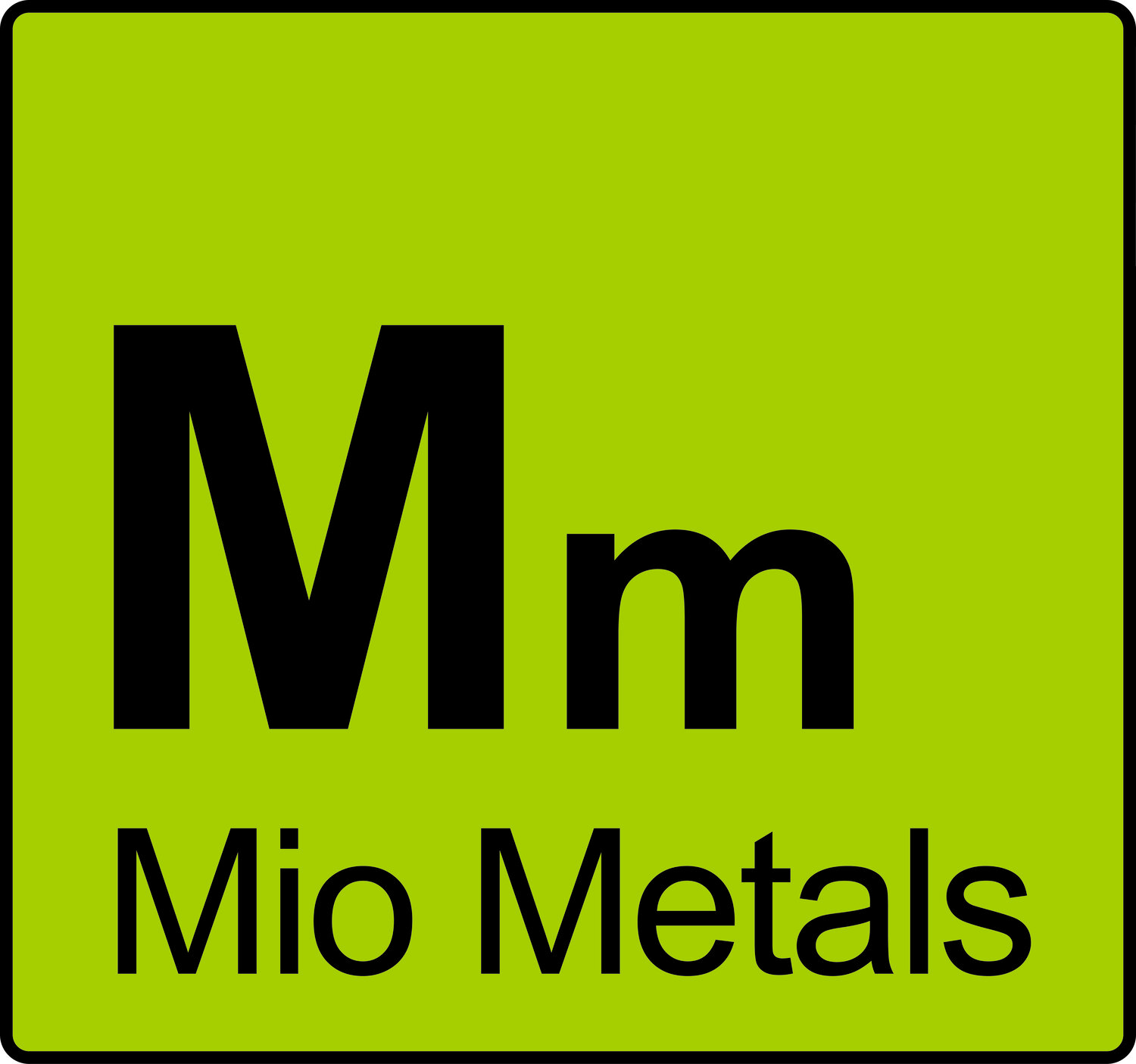
Range Hood Finishes
Patination
It is important to understand that the patina process is a chemical reaction and is not just a can of paint that one can pull off a shelf. It is to be expected that there will be variations in the exact colors of light brown and dark brown, but typically the light brown can be comparable to a tan leather while the dark brown is similar to a milk chocolate in color.
This process is performed by hand and there will be variations in the color in that application. There will be a noticeable difference in color near seams, rivets and other decoration that help draw attention to these elements.
Textures
One can achieve a hammered look by running the copper through a roller. Do this for the obvious reason of it is faster than hand hammering each sheet and helps preserve hearing.
Textures add a great finish to help hide fingerprints and other spots, minor scratches and dents. Many fabricators can add textures on entire hoods or select components.
A general rule of thumb with textures: smaller sections should have a heavier texture, larger sections can have any texture depending on preference.
What to expect from the different finishes
With all hoods, we encourage installers to wear clean soft gloves (disposable latex gloves are common) to prevent any smudges or fingerprints in unwanted places.
Likewise, direct sunlight will often produce a slightly darker copper in all variations of the finishes. This is often not noticeable unless the hood is removed or partially masked.
Polished copper
This is the shiniest finish and is almost like a golden mirror. It is also the one that will see the most dramatic changes in the next ten years. It is the most susceptible to fingerprint oils and water. You will see the most color change activity along the bottom frame where it will come into contact with hands that want to touch the hood as people enjoy the beauty.
Fingerprints will form dark brown spots on the orangey copper within a few weeks of installation. Washing with a soft cloth and water will help the surrounding copper age (as it will react with the water). Conversely, some homeowners prefer to use a metal polish such as Brasso to keep the polished copper along the bottom of the hood looking brand new.
Polished copper will show the most dramatic changes because of the contrast between the orange-red and the typical brown patina that forms from fingerprints but it is also the easiest finish to refresh. Some customers choose to polish their entire hood once a year to bring it back to the original shine. This can be an involved process so it should be considered when choosing a finish.
When left alone, the copper will age and in a five to ten year period, a brown color will replace the orange.
Light Brown Patina
This is a great color that works well with darker cabinets to keep a contrast between the copper hood and other elements of the kitchen while getting past the shiny copper phase.
It is a color that will continue to darken. Fingerprints, again, may appear along the bottom frame although the contrast will be less and they will be less noticeable. Additionally, it can be cleaned with a mild dish soap and soft cloth but it should not be rubbed too vigorously as the layer of patinaed copper can be removed.
This finish will often be considered a dark brown in about 5 years.
Dark Brown Patina
The chocolately brown is a classic appearance for copper and one that provides the least noticeable change. Since many reacting agents (fingerprints) will darken copper, starting with a dark copper means that much of the color change has already happened.
This color is the most resilient to fingerprints, but it will still show a dramatic change to other acids such as lemon juice or tomato sauce. Typically, these substances will cause the dark brown color to change to an bright or pinkish-orange. Luckily, those bright spots will soon begin reacting toward a dark brown again. Washing with a soft cloth and water can help speed this process.
It is possible for this color to darken over time, but the change is typically very slow and slight.
Clear Coatings
While it may seem like a perfect solution to preserving the finish of a hood in its original state, adding a clear coat does have a few precautions.
Our primary concern is regarding any scratches that may happen during installation. The clear lacquers are more delicate than many of the enamels used on other appliances and can be scraped away easier. A scratch may not be immediately noticeable if it only removes the lacquer as the color may remain consistent with the rest of the hood. However, the exposed copper will soon start to age while the remaining sealed copper does not. This is similar to a scratch in the paint on a car – rust will form where the metal is bared, but not on the rest.
To remedy any scratches, the hood will need to be completely stripped of the lacquer, polished or re-patinaed to even out the color, and then re-coated.
Additional failings of the lacquer include yellowing or thinning due to continued exposure to sunlight or other elements. Many times, a clear coat may only last 5 to 7 years and will begin to peel away near seams. As it flakes off, the exposed copper will quickly change appearance creating an unnatural pattern to the finish.
